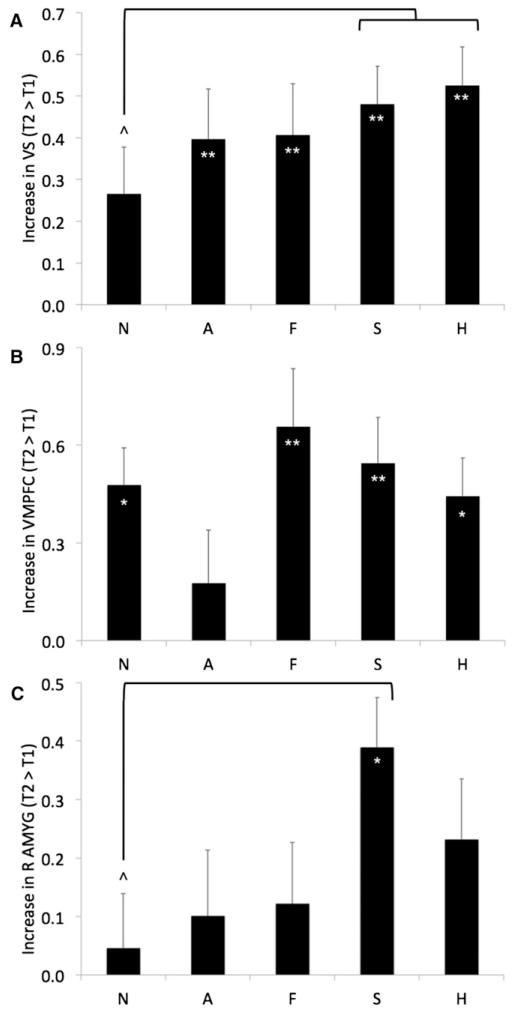Figure 2. Modulation by Facial Expression of Longitudinal Increases from Late Childhood to Early Adolescence in BOLD Response to Affective Displays.
(A), (B), and (C) depict longitudinal increases (means and standard errors) in activity for each expression in VS, VMPFC, and right amygdala (R AMYG), respectively, during the transition from late childhood to early adolescence. N = neutral, A = angry, F = fearful, S = sad, and H = happy expressions; (*) and (**) denote within-expression paired comparisons indicating increases over time that significantly differed at p < 0.05 and p < 0.005, respectively; (^) denotes paired comparisons indicating that change over time significantly differed between expressions at p < 0.05.

